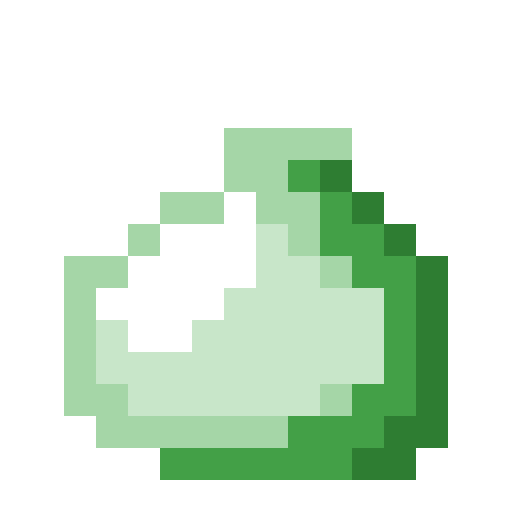How Lit was the Function?
We’ve been using Python’s built-in functions like str(), input(), len(), and print().
Python’s def keyword — followed by the intended name of your function, its arguments inside parentheses, and a colon —lets us create our own.
The indented code block under the def line constitutes the body of the function… it’s executed every time the function is called.
After we def the function we call it by its name followed by a set of parentheses with the arguments it needs inside.
In this first example, the function hello_world() takes no arguments.
def hello_world():
print("Hello world!")
hello_world()
In this next example, we see how functions can access variables from outside their code block.
name = "Rear Admiral Grace Brewster Murray Hopper"
def hello_person():
print("Hello", name)
hello_person()
name = "Dr. Alan Mathison Turing"
hello_person()
However, functions can’t change variables outside their code block
name = "Rear Admiral Grace Brewster Murray Hopper"
def name_change():
name = "inside name"
name_change()
print(name)
Variables inside functions override variables from outside functions.
name = "Scarlin Hernandez"
def hello_person():
name = "inside name"
print("Hello", name)
hello_person()
print("Outside", name)
This function takes one argument.
def hello_person(name):
print("Hello", name)
hello_person("Dr. Mark E. Dean")
hello_person("Dr. Alan Mathison Turing")
This function takes two arguments.
def repeat_hello(n, name):
for i in range(n):
print("Hello, name, i)
repeat_hello(1, "Katherine Johnson")
repeat_hello(7, "Roy L. Clay, Sr.")
Functions can use the return keyword to halt and give a value back to the caller.
def oh_hai(name):
return "oh, hai " + name
print("do more stuff")
result = oh_hai("Dr. Fei-Fei Li")
print(result)
Why are functions useful?
- re-use of code inside the function (you have to type less code)
- compartmentalize code so that high-level structure of your program is easier to follow
- experiment with/test individual components of your program
 Blog
Blog
 Prospectus
Prospectus
 Lessons
Lessons
 Resources
Resources